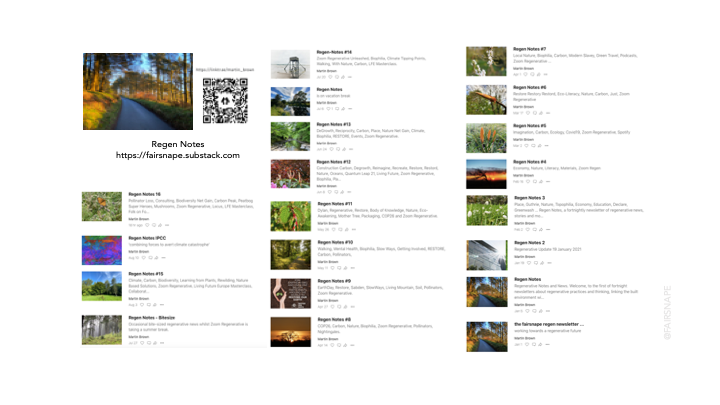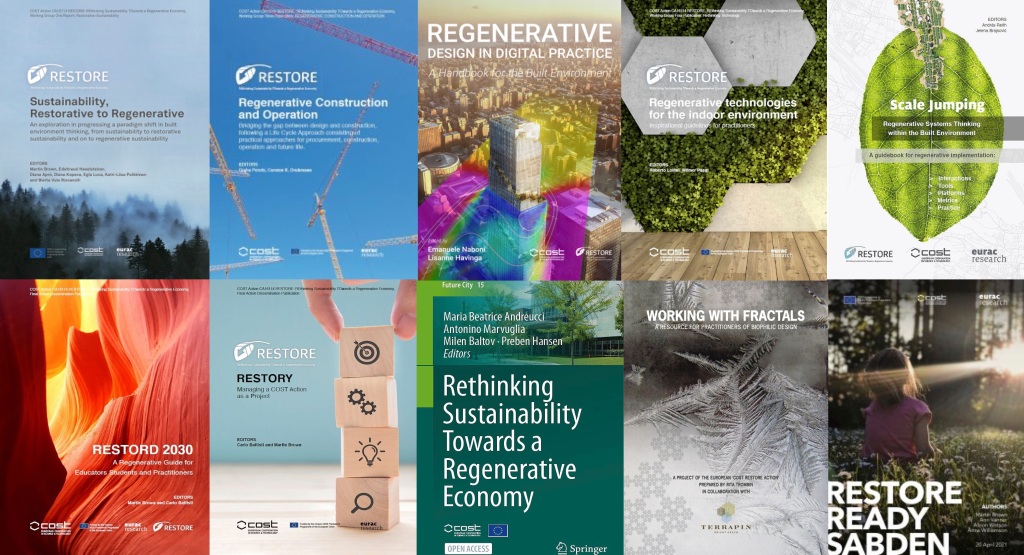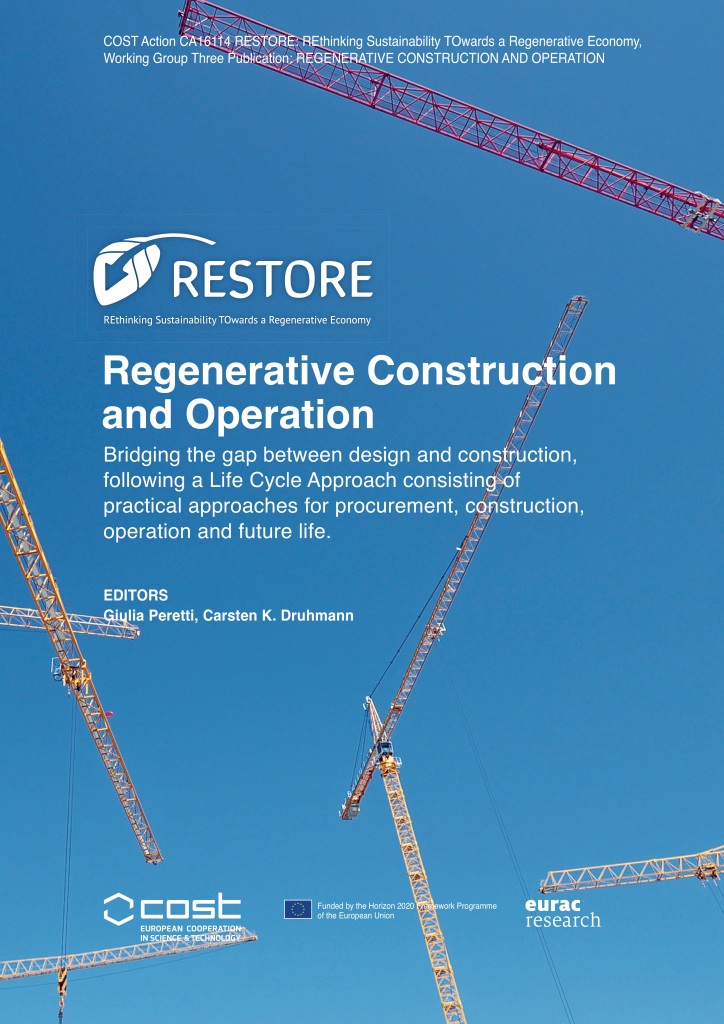Over recent years the built environment sustainability agenda has shifted away from being primarily concerned with energy and resource efficiency, towards a sustainability that now firmly embraces people and planetary health. This was the core message behind the ‘working towards a new sustainability’ strap line to FutuREstorative.
It isn’t completely surprising then, in breaking news at GreenBuild18 Chicago, BRE and USGBC have announced a partnership to ‘highlight the role that buildings can play in improving environmental, economic and health outcomes and positively impact the quality of life, ultimately leading to a higher standard of living for everyone on the planet’ and to ‘deliver a new industry approach to green building performance, solutions and benchmarking’
It is possible that the combined power of the two leading green building certification programs – LEED and BREEAM – will help power a new way forward, yet the built environment will continue to need the collaboration with other schemes such as LBC, Well, Building with Nature, DNGB etc.
Advocacy as important as Certification
For three decades we have hidden behind a sustainability definition of doing nothing today to compromise tomorrows generation. Had we remained true to that Brundtland vision from 1987, we would not be in the climate breakdown scenarios we now face. And whilst, arguably certification programmes have contributed to advancing built environment sustainability, this is only within a small percentage of the huge number of global buildings. It is the ‘other’ buildings (in what I called the long tail of construction in FutuREstorative) that for many reasons will or can not pursue certification, need to embrace the thinking, principles and approaches of sustainability programmes within the design and construction practice, irrespective of certification.
USGBC / BRE Group Press Release:
USGBC and BRE partnership first of its kind for green building industry
CHICAGO – (Nov. 13, 2018) – The U.S. Green Building Council (USGBC) and the BRE Group (BRE) have announced a partnership that will promote the expertise of both organizations and harness their combined industry insights, to deliver a new industry approach to green building performance, solutions and benchmarking.
USGBC and BRE will highlight the role that buildings can play in improving environmental, economic and health outcomes and positively impact the quality of life, ultimately leading to a higher standard of living for everyone on the planet. Their joint vision is to create a better environment that’s cleaner, more efficient, more sustainable and fully meets the world’s current and future urbanization needs.
“USGBC and BRE have led the green building community for nearly two decades,” said Mahesh Ramanujam, president & CEO, USGBC. “But there is still much work that needs to be done, and the stakes have never been higher. This collaboration allows us to further leverage our tools and resources to scale up reductions in carbon emissions associated with buildings and accelerate on all fronts.”
The objectives that USGBC and BRE will immediately pursue and explore are to:
- Increase the level of engagement of existing buildings in the measurement, reporting and improvement of their environmental, social and wellbeing impact.
- Embrace a digital strategy that will raise our combined technological capabilities and establish industry-wide common data standards and protocols, to make our platforms simpler, smarter and more intelligent.
- Conduct research to identify future transformation opportunities to improve the sustainability credentials of the world’s buildings, communities and cities.
“BRE is the world’s leading building science center,” said Niall Trafford, CEO, BRE Group. “We have been at the forefront of developing knowledge and standards for almost 100 years. We sponsor and conduct research which continually improves productivity, quality, environmental performance, safety and well-being in the built environment. Our mission is to build a better world together and this partnership will enable us to substantially extend our reach and impact around the world. Now is a critical time to act. BRE and USGBC are building the future. What we can do together is truly strong than anything we do alone.”
Today, LEED and BREEAM are the two most widely used green building programs in the world. Collectively they have certified the assessments of over 640,000 buildings across more than 126,000 commercial, residential, infrastructure, community and city projects in 167 countries and territories. To-date there are more than 167,000 projects registered to LEED and BREEAM and collectively both programs help form one of the largest industry networks focused on delivering a better outcome for our built and natural environment.
“As the world’s global green building leaders, USGBC and BRE share not only a common vision, but also a responsibility to keep moving the market forward,” added Ramanujam. “The amount of work we need to mitigate climate change and realize a sustainable future for all cannot be done by any single organization. In order to truly make an impact, we need all hands on deck and the combined power of the two leading green building certification programs – LEED and BREEAM – to help power a new way forward.”
The collaboration will also leverage USGBC and BRE’s combined market knowledge, partnerships and collective tools through LEED, BREEAM and other rating systems to address all sectors: new and existing commercial buildings, new and existing homes, infrastructure, landscape, power, waste and finance.
If you like this please share:





















